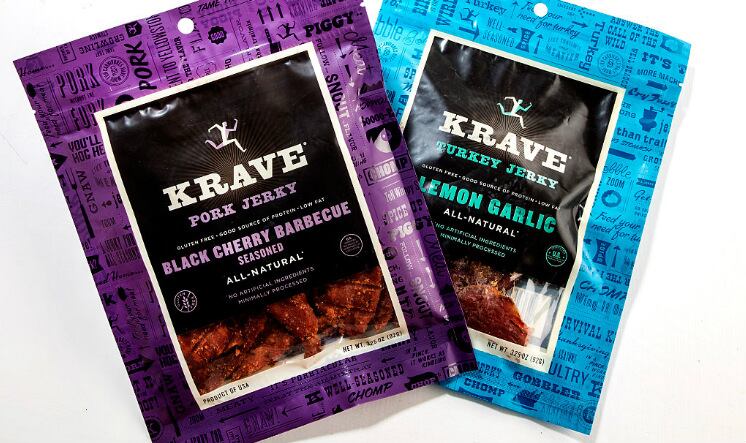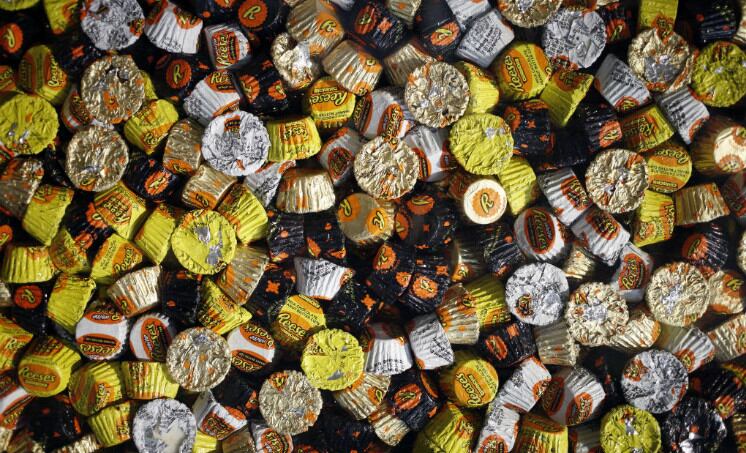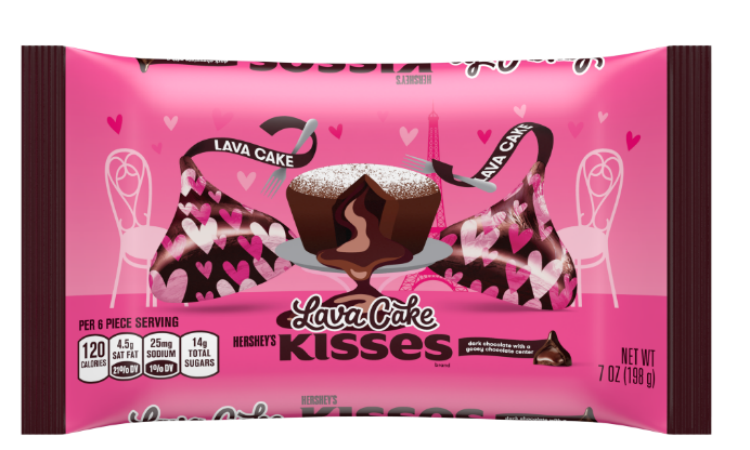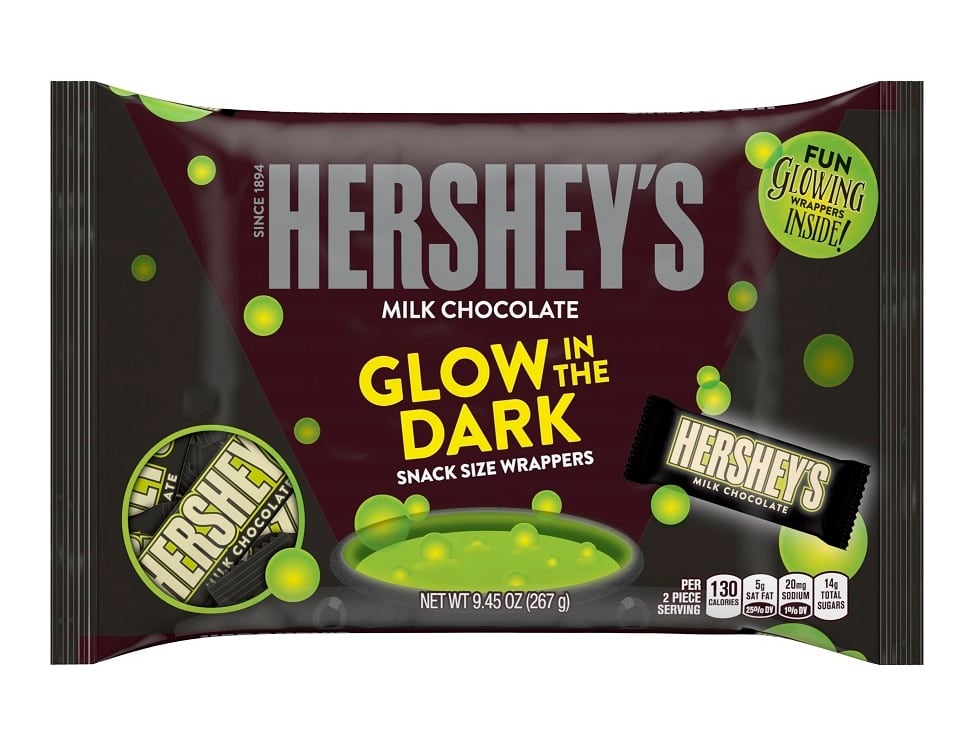Hershey’s CEO Michele G. Buck reaffirmed the chocolate company’s 2019 outlook Wednesday in a presentation to investors at the Consumer Analyst Group of New York Conference (CAGNY). Net sales are slated to increase 1% to 3% from about $7.8bN last year.
After filing its fourth-quarter earnings report late last month, Hershey’s stock fell more than 2%, according to MarketWatch. Overall, however, it has risen steadily since dipping sharply from February to June 2018.

Since 2015, Hershey has turned to M&A to broaden its portfolio in a competitive snacking marketplace, gobbling up jerky maker Krave, Amplify Brands (SkinnyPop popcorn, Oatmega cookies and bars, Paqui corn chips) and most recently puffed snack line Pirate’s Booty.
The Pennsylvania-based company shelled more than $2bn in the process, but the acquisitions could prove to be worthwhile.
Popcorn is a $2.5bn business, according to Mintel, and sales have ballooned 32% since 2013. Jerky has also snagged increasing real estate in stores, becoming a $2.8b category with a CAGR of 7% in 2017, according to Nielsen.
'Once you get on the list, you get in the pantry'
Buck said these categories offer similar margins to confection, growing in the mid- to high-single digits, and offer additional depth to an ‘already amazing portfolio of brands.’
Chocolates (and Reese’s) still reign supreme
This year marks a momentous year for Hershey – 125 years of chocolate. Buck noted that in 1894, when Milton Hershey founded the company in rural Pennsylvania, Hershey employed 1,400 people at four manufacturing sites. Today, it employs 16,500 people at 16 locations worldwide.
Its brands fill six of the top 10 brands in the confectionery category and control 30.2% of the CMG market, with powerhouse Reese’s leading the way with $2bn in sales, Buck said. Hershey’s surpassed $1.5bn, while KitKat, Icebreakers and Hershey Kisses and assortments all exceeded $0.5bn in 2018.
In the weeks leading up to Halloween, the company unveiled a reverse vending machine it called the Reese’s Candy Converter, which allowed consumers to swap out purportedly less desirable candies for Reese’s - ‘their favorite,’ said Buck.
Part of the ongoing ‘Not Sorry’ campaign, the converter led to 1,300 media placements in three days, including in major national outlets, with brand mentions spiking 600% compared to the daily average, according to PR Week. Buck added that the promotion generated 3 billion impressions in a single week.
Meanwhile, the peanut butter cups hold their category lead both overall and in purchase frequency, she said.
As consumer indulgence habits tilt toward the conservative end, Hershey responded late last year with Reese’s Thins, which are 40% thinner than the standard 0.75oz cup and are available in single-serve packages.
The Thins offer a “new and different palate experience as well as increased permissibility,” added Buck. “We’re not sorry to give people another way to enjoy their favorites.”
Moving Online: longstanding distro, brand recognition, and dedicated shelf space
Buck cited the company’s ‘ubiquitous distribution’ network, in-house retail sales force, supply chain scale and agility as reasons for continued success.
Hershey has the ‘advantages of scale’ to change alongside consumers, she said.
“Consumers are changing; shopping behaviors are changing, so we must develop new business models to help us reach consumers in new and different ways.
“It all starts with the consumer and understanding their needs. We need the right products in the right places.”
Increasingly, those places are online.

Hershey has invested in understanding shoppers ‘seamless’ movement across digital and physical channels. Online, where Hershey brands comprise six of top eight search results for “chocolate” at one top retailer, said Buck, the company can leverage data like purchase history to pre-populate shopping lists.
“Confection can transition from an impulse purchase in-store to being a planned purchase online. Once you get on the list, you get in the pantry and that expands consumption,” she said.
More acquisitions on the horizon?
Buck acknowledged that Hershey fell short of meeting expected margins in 2018 but insisted the company ‘made progress,’ due in large part to its now-ended SKU rationalization and pricing program.
Fresh off a big year of M&A, Hershey maintained a ‘manageable’ EBITDA but, she admitted, for the ‘right acquisition’ would consider a higher debt ratio.




